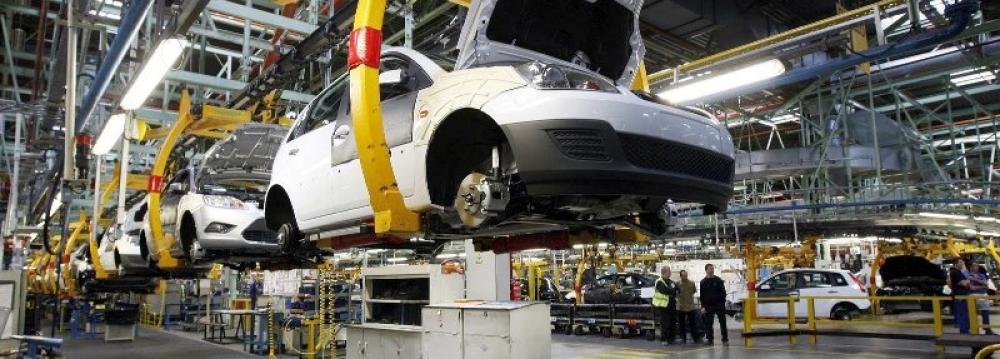Average Producer Price Index in the 12 months ending January 20, which marks the end of the 10th Iranian calendar month (Dey), increased by 9.9% compared with the same period last year, the Central Bank of Iran announced.
The CBI put the preceding month’s PPI inflation at 9.7%.
A year-on-year increase of 10.9% was registered in the index compared with the similar month last year. The PPI (using Iranian year to March 2012) stood at 258.8 in Dey, indicating a 1.1% rise compared to the previous month.
The importance of PPI lies in its predictive content for the future pattern of Consumer Price Index. Changes in PPI are usually reflected in Consumer Price Index within a short period of time.
PPI gauges the price fluctuations of goods and services for the producer whereas CPI measures changes in the price level of a basket of consumer goods and services purchased by households
In other words, PPI is an index of prices measured at the wholesale, or producer level. It shows trends within the wholesale markets (as it was once called the Wholesale Price Index), production industries and manufacturing industries and commodities markets from the perspective of the seller.
According to Investopedia, PPI can serve multiple roles in improving investment-making decisions because it can serve as a leading indicator of CPI.
When producers are faced with input inflation, those rising costs are passed along to the retailers and eventually to the consumer.
Furthermore, PPI presents the inflation picture from a different perspective than CPI. Although changes in consumer prices are important for consumers, tracking PPI allows one to determine the cause of the changes in CPI.
If, for example, CPI increases at a much faster rate than PPI, such a situation could indicate that factors other than inflation may be causing retailers to increase their prices.
However, if CPI and PPI increase in tandem, retailers may be simply attempting to maintain their operating margins.
All in all, a decrease in PPI is one of the signs of a probable slowdown in CPI in future months. Almost a perfect correlation exists between CPI and PPI.
The central bank’s latest data on CPI show the average goods and services CPI for urban areas in the 12 months ending Jan. 20, increased by 10% compared with last year’s corresponding period.
The CBI had put the inflation rate for the preceding month that ended on December 21 (Azar) at 10%.
The overall CPI (using the Iranian year to March 2017 as the base year) stood at 112.4 in Dey, indicating a 0.4% increase compared with the previous month.
The index registered a year-on-year increase of 9.7% compared with the similar month of last year. The CBI report came after the Statistical Center of Iran put Dey inflation at 8.2%.


